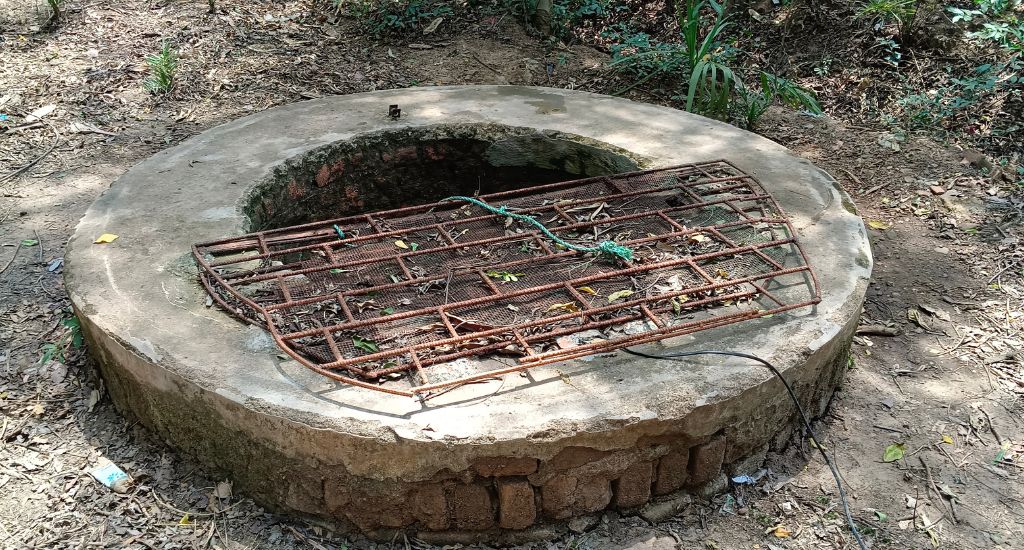
Old well lone lifeblood for water-parched Bengal village
Residents of a remote village in rural Bengal accuse administrative apathy for their woes, asking why they were left out when all neighbouring villages have piped water supply.

Residents of a remote village in rural Bengal accuse administrative apathy for their woes, asking why they were left out when all neighbouring villages have piped water supply.
Barnali Sahu walks around 300 metres to a neighbour’s old, mossy well and brings home a pitcher filled with drinking water – a routine she has been following each day for the past three decades, ever since she stepped into Balidiha village of Jhargram district in West Bengal as a bride.
Running water is a distant dream for the 46-year-old and around 110 households of 700-odd people living in this remote village about 250km west of Kolkata. Government water supply has come to all the nearby villages, but that hasn’t happened for this impoverished village, a clutch of tin-roofed huts set amid farm fields.
The entire village depends on this well, said to be 100 years old, for their drinking water.
“We do not know when the well was dug. It has been there for a long time. Even my great-grandfather drank water from this well. It never goes dry. The water level rises quite high in the monsoon,” said Bidesh Sahu, 50, who owns the well.
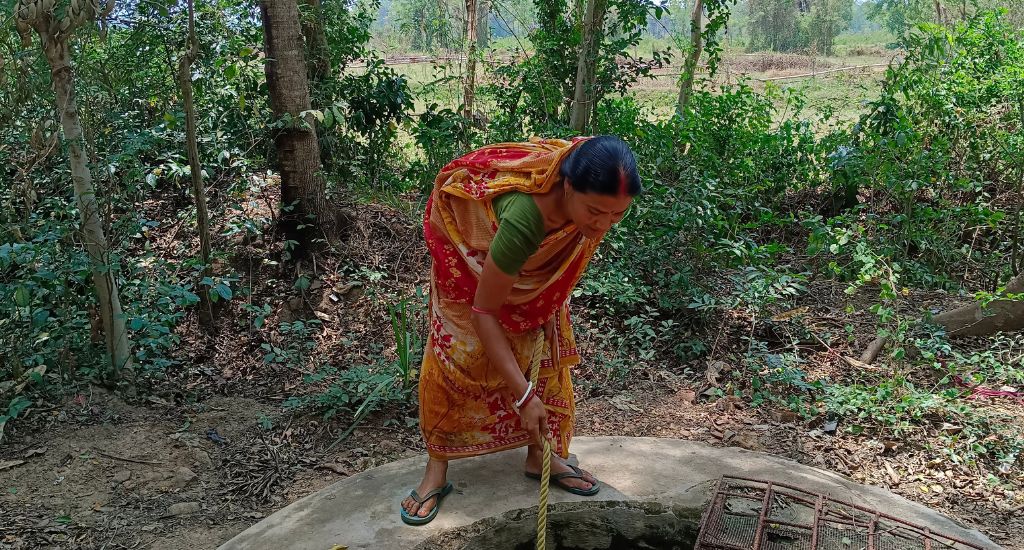
Barnali said the well water is far from safe as it usually remains uncovered and surrounded by tall trees. “Leaves and dirt fall into the water. We sieve out the debris with a cloth. We need piped water,” she said.
Also Read | Dry taps drive people to toxic groundwater in Bihar
The village has four tube wells – long pipes sunk deep into the earth, with a hand pump attached at the top. One is in front of homemaker Barnali Sahu’s house, but villagers don’t use them because the water smells foul and is full of iron that leaves a reddish-yellow tinge on everything it touches.
Leaves and dirt fall into the water. We sieve out the debris with a cloth. We need piped water
“The water turns red within hours of being pumped. It is not fit for consumption. It leads to constipation and other water-borne diseases. We use water from the tube well for washing and bathing,” said Tushar Kanti Ghosh, 28.
Environmentalist Tuhin Subhra Mandal suggested testing the water, saying the human body needs iron, but excessive consumption can lead to severe health complications. “It shouldn’t cross the safe limit of 0.3 microgram a litre,” he said.
Water shortages are common in the punishing summer months when the tube wells either go dry or break down, which takes days to repair.
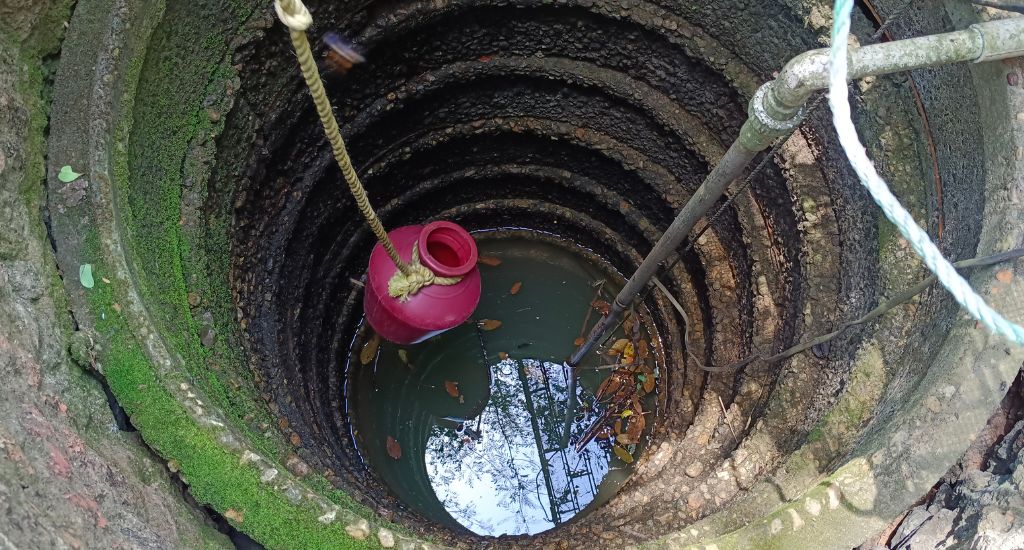
“During those days, we have to walk around 2km to a nearby stream to haul the precious liquid in heavy buckets for our household use. We make 3-4 backbreaking trips under the summer sun when the mercury touches 44 degrees Celsius,” said Rimpa Sahu, 24.
Water is the lifeblood of every community around the world. But a sustainable, clean supply for drinking, hygiene and farming is not guaranteed for hundreds of millions of people around the world, according to the United Nations.
Balidiha village makes a fine example of the dire lack of clean water, which the villagers blamed on administrative apathy. The residents are poor – mostly farmers and odd-job workers. They don’t have the knowledge or money to invest in digging a new well that goes deeper to reach safe water or find modern solutions like rainwater harvesting to catch the runoff from tin roofs.
Also Read | Varoti villagers demonstrate the power of collective action
“The administration dug a well almost two decades ago to solve our water woes. But it fell into disuse due to lack of maintenance. Wild growth on the well walls has rendered the water dirty and unusable. We have asked the officials multiple times to clean it but to no avail. Politicians come during elections and make tall promises they never meet,” said Samir Sahu, 52.
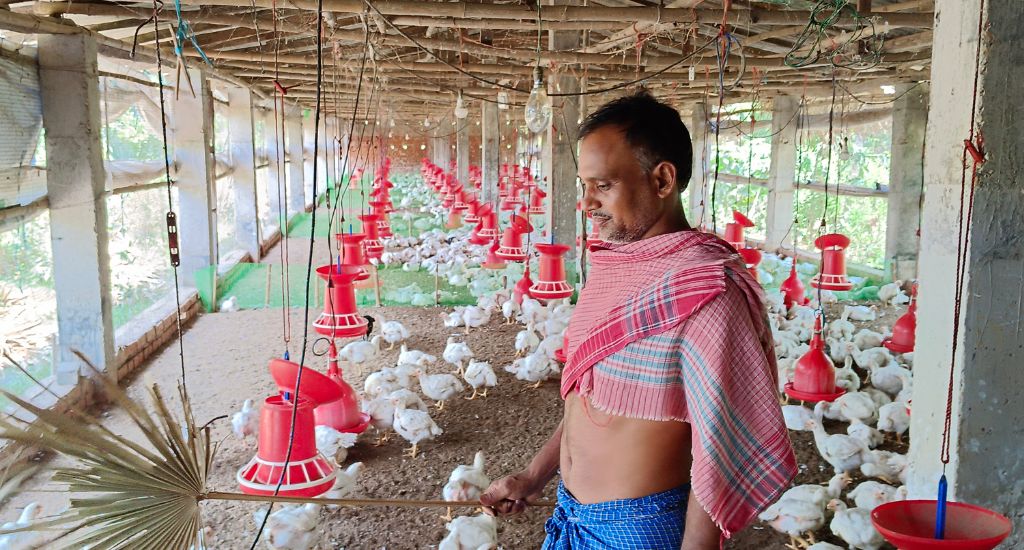
Alok Sahu, 38, has set up an electric pump to water the poultry farm he recently founded. “The chicken business needs a good supply of water and our village doesn’t even have a common water tank, a basic facility for every village,” he said.
According to a senior official of the Belpahari block office, the administration is aware of the water shortage in the village and plans are afoot to deliver a permanent solution as soon as possible.
“We have already earmarked a vacant plot to install solar pumps. Work will start soon,” he said.
But the biggest problem facing efforts to reshape water use in an era of climate change, population growth and fiercer competition is inertia – a reluctance to abandon old ways of doing things.
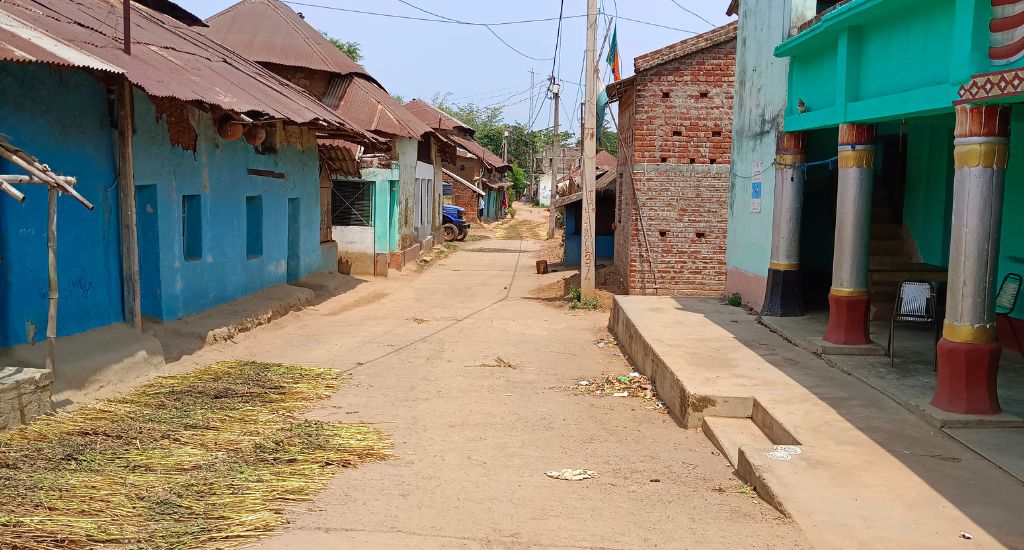
Unlike many villages in drought-prone areas of India, water shortages are not driving residents of Balidiha to experiment with new ways of capturing, sharing and conserving water.
Also Read | Battling social fault lines in rural water supply
The lead image at the top shows the villagers don’t know when the well was dug. Even their great-grandfathers drank water from the well (Photo by Gurvinder Singh)
Gurvinder Singh is a journalist based in Kolkata.